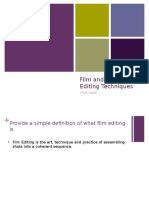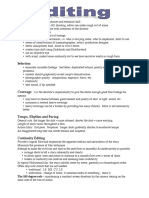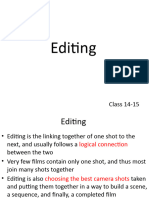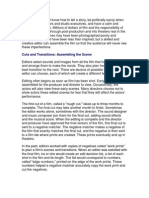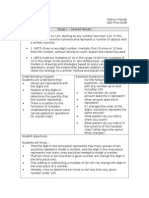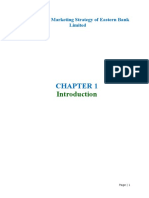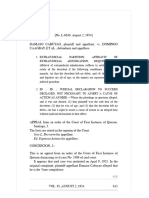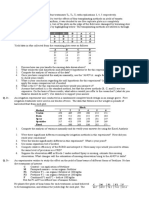0% found this document useful (0 votes)
130 views40 pagesFilm Editing Basics for Students
The document discusses various techniques of film editing such as continuity editing, match cuts, shot/reverse shot, cross-cutting and parallel editing that are used to assemble shots into a coherent whole and guide the narrative pace and emotional truth of a story in a smooth, logical manner by maintaining spatial and temporal relationships between shots.
Uploaded by
Eileen GohCopyright
© © All Rights Reserved
We take content rights seriously. If you suspect this is your content, claim it here.
Available Formats
Download as PDF, TXT or read online on Scribd
0% found this document useful (0 votes)
130 views40 pagesFilm Editing Basics for Students
The document discusses various techniques of film editing such as continuity editing, match cuts, shot/reverse shot, cross-cutting and parallel editing that are used to assemble shots into a coherent whole and guide the narrative pace and emotional truth of a story in a smooth, logical manner by maintaining spatial and temporal relationships between shots.
Uploaded by
Eileen GohCopyright
© © All Rights Reserved
We take content rights seriously. If you suspect this is your content, claim it here.
Available Formats
Download as PDF, TXT or read online on Scribd
/ 40










